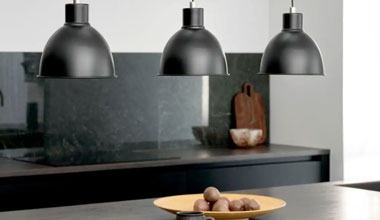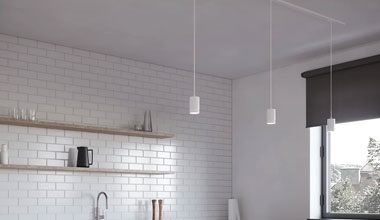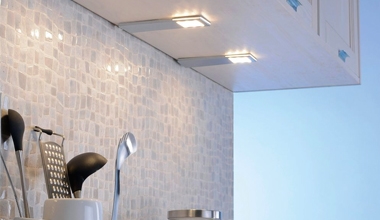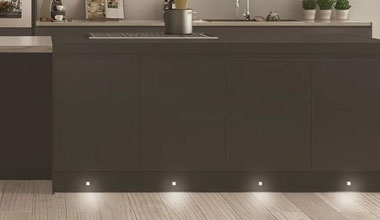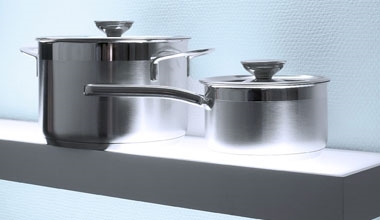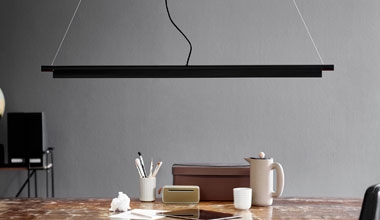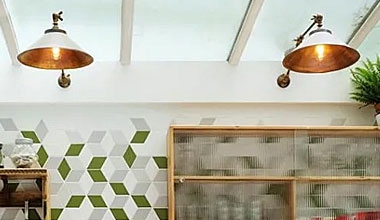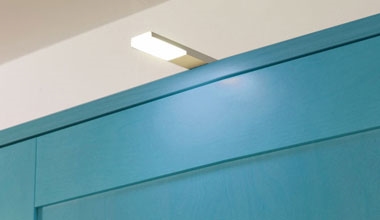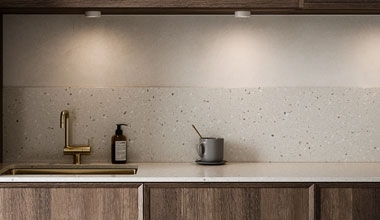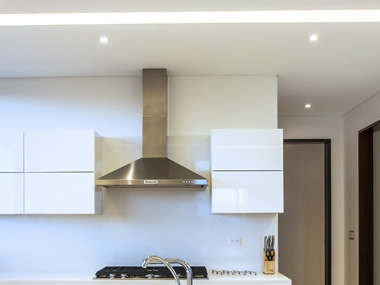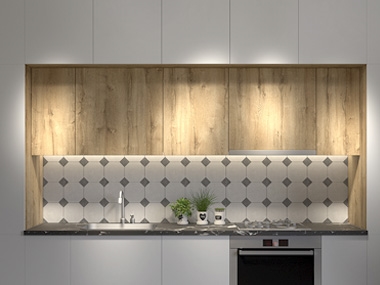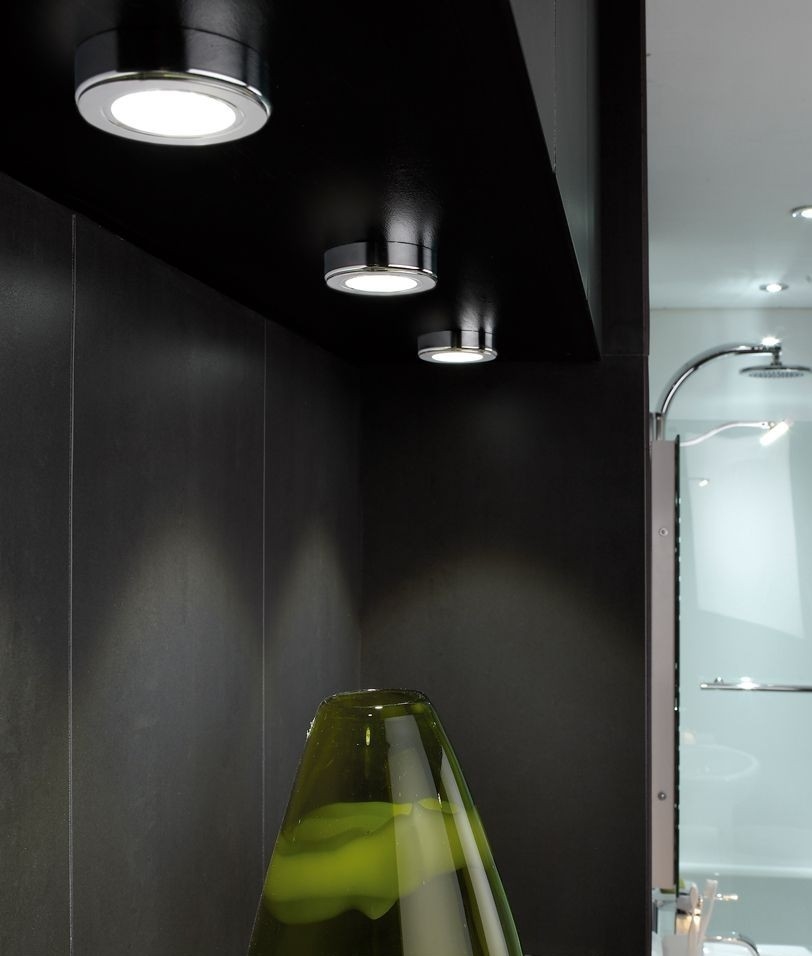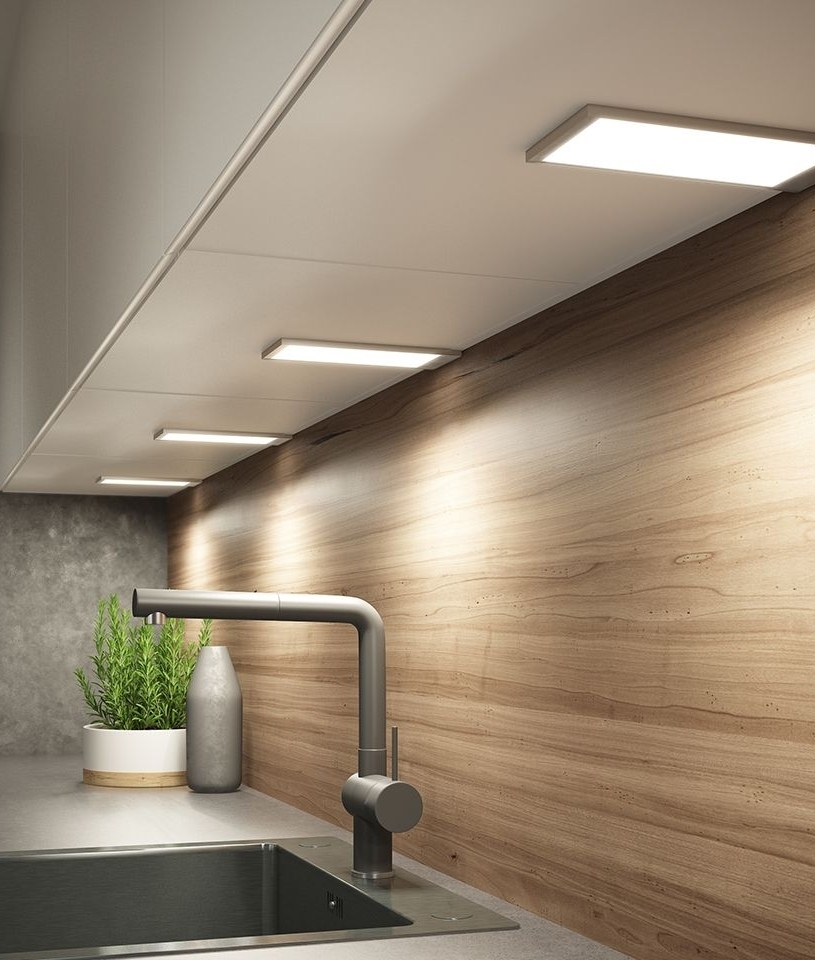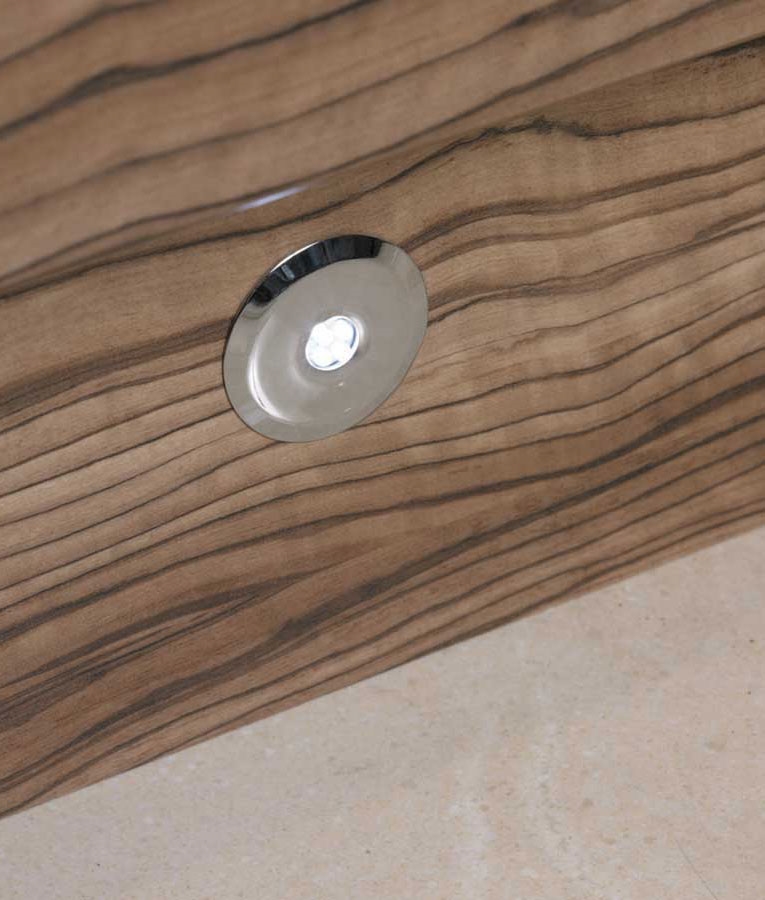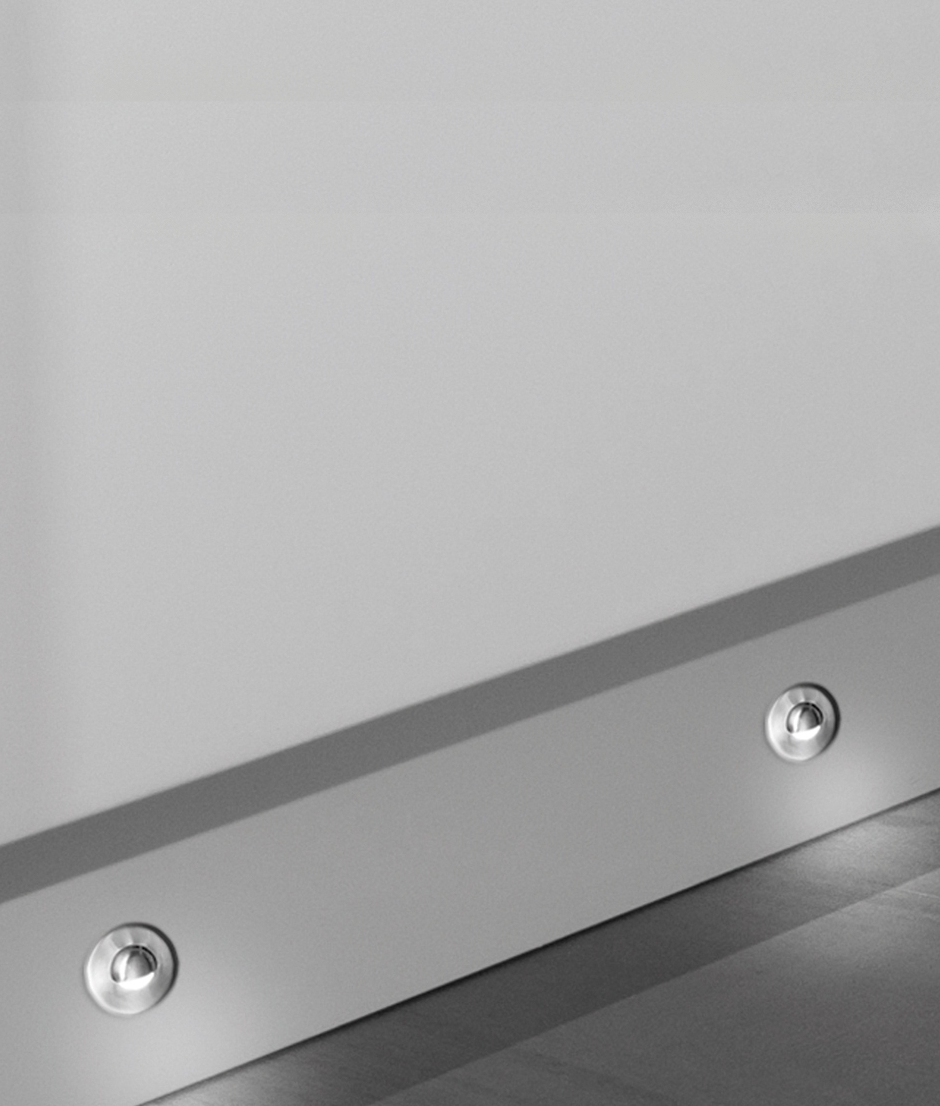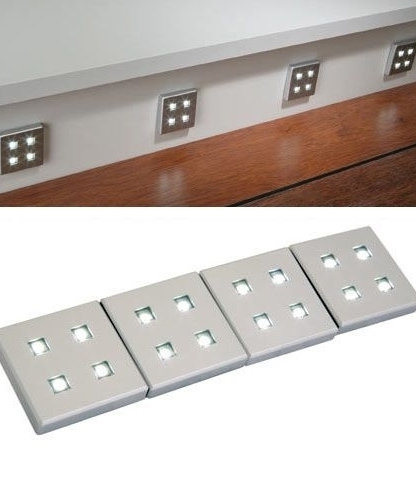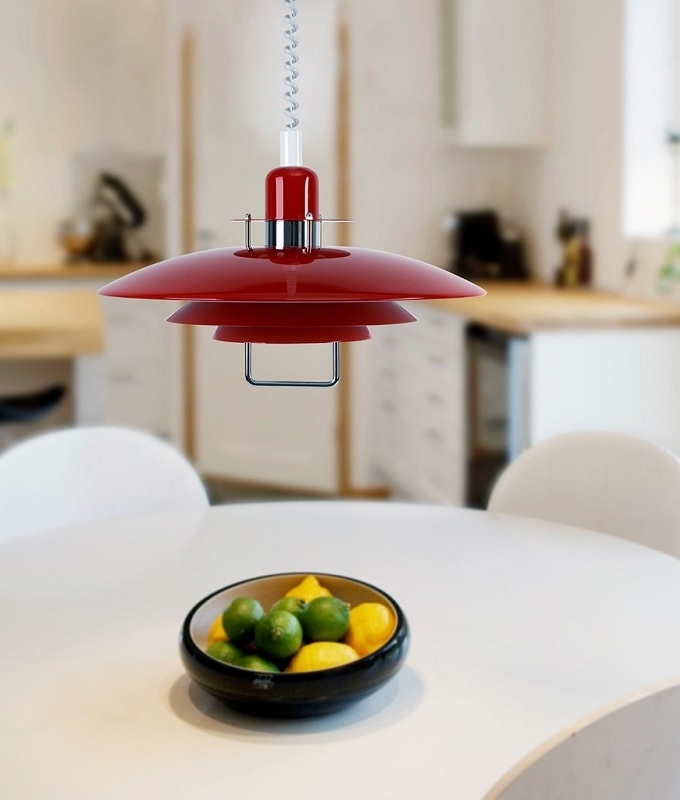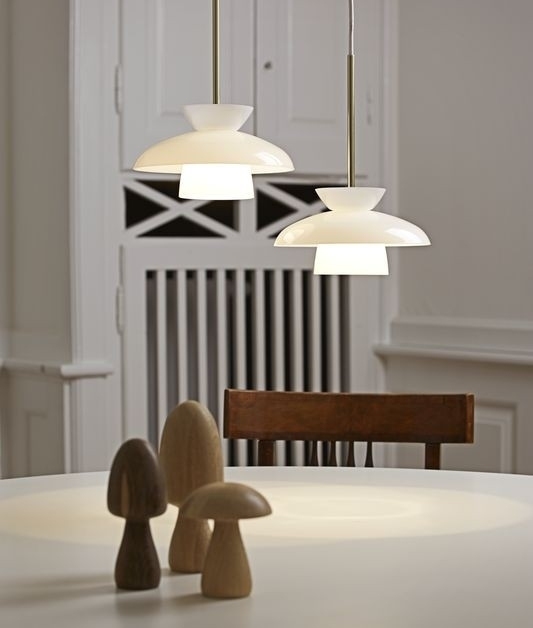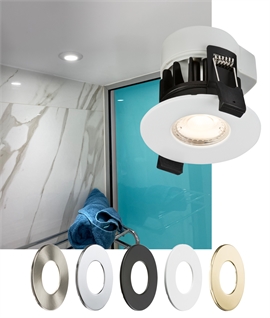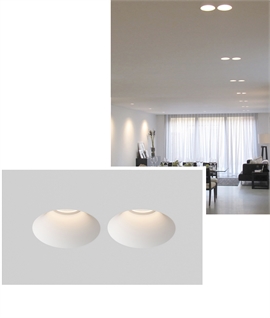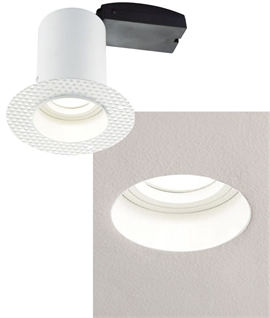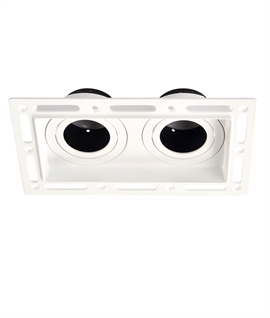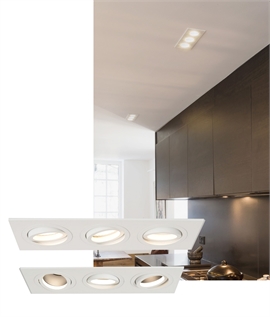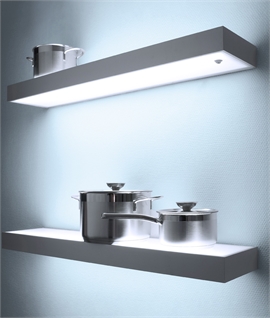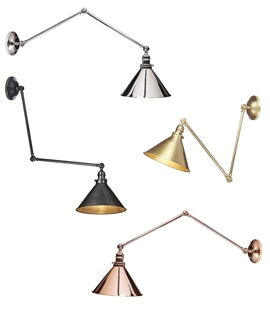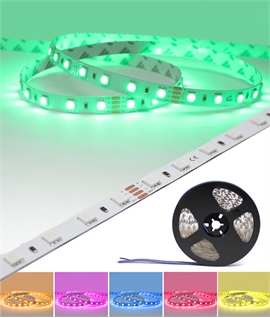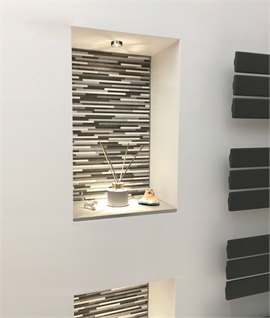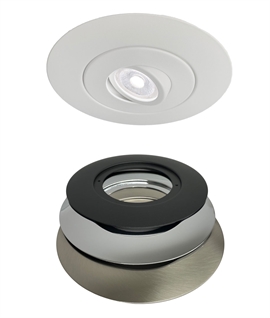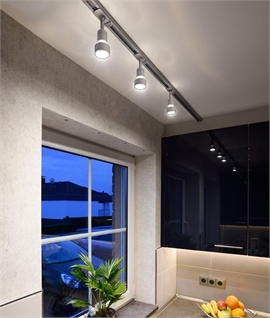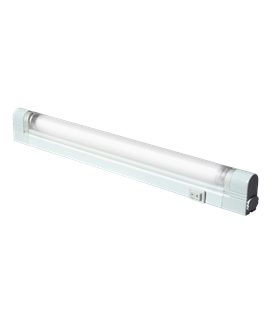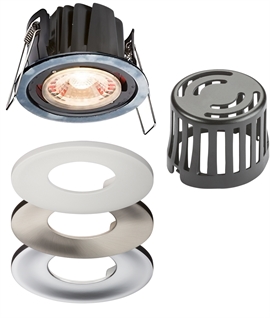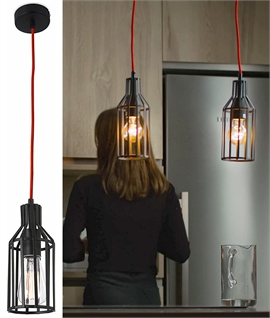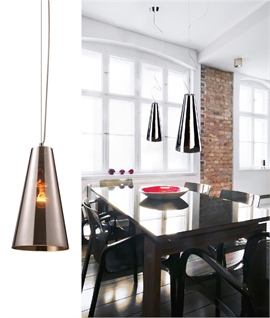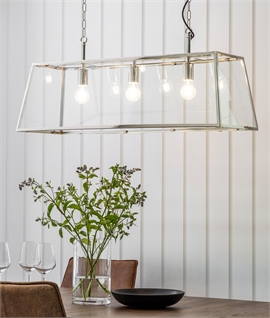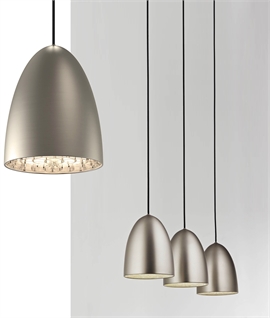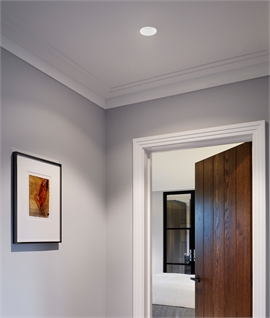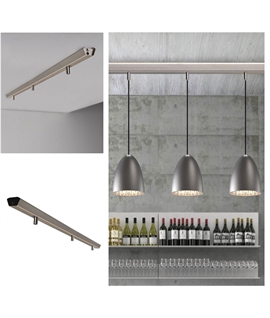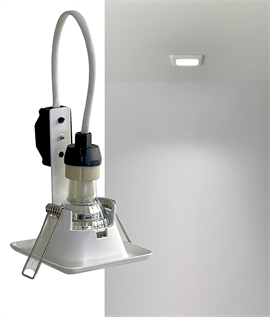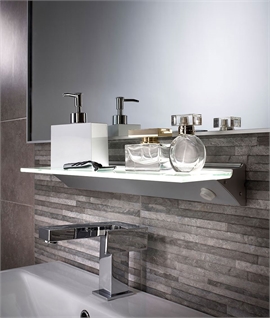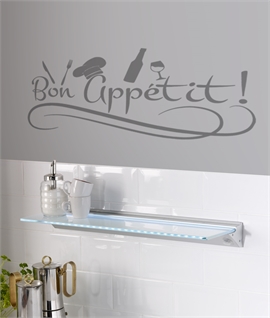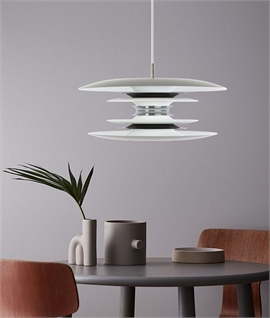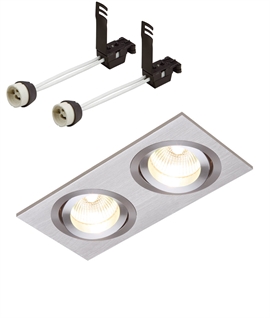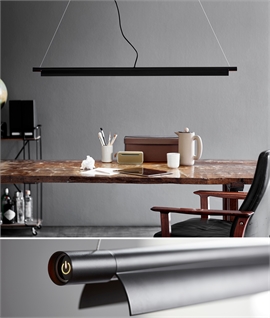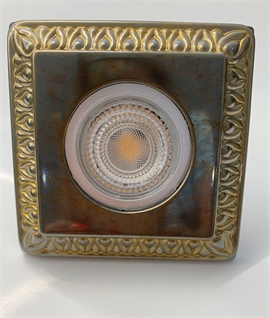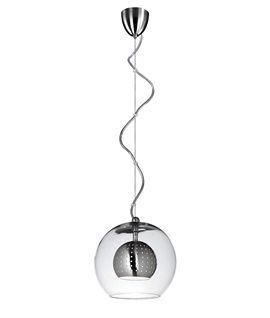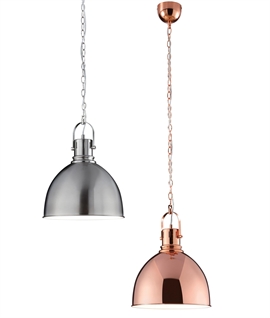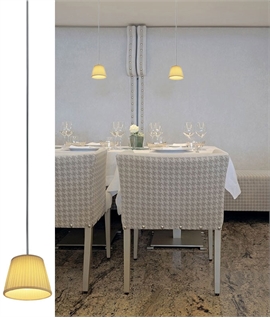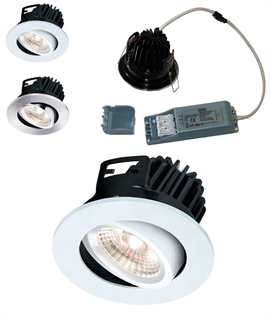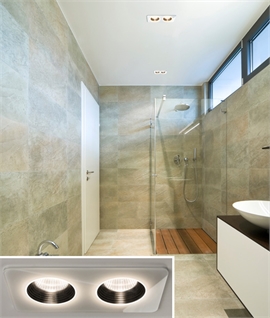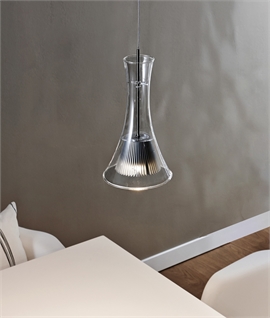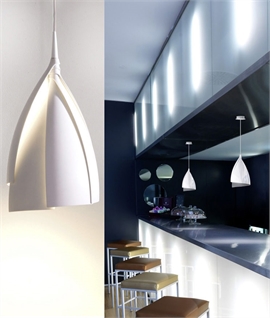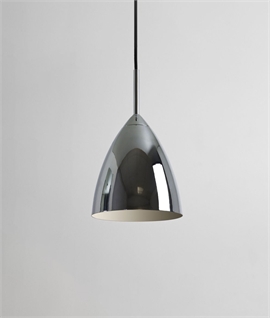When you have no knowledge of lighting it is difficult to know whether you should install low voltage or mains downlights. We are often asked the question and give the following advice.
So, why would you choose low voltage (12 volt) or mains voltage (220-240 volt) downlights? The simple answer is they are both great ways to illuminate an area however there are some important differences to consider when deciding which option to choose.
Remember low voltage does not mean low energy – it is simply converting mains voltage down to a lower volt. If you require low energy then you could choose a mains LED or CFL.
Major Differences
Apart from the voltage, there are some important differences between the two types of light which may help you decide on which is the best for you. You may have noticed from our website we offer our downlights in both mains and LV versions. The fittings look identical as the same castings are used for both. It is the type and quality of light they give which is the most noticeable difference. Low voltage dichroic halogen lamps will make the colours in decoration more prominent and give a better definition to paintings, pictures and objects. Mains voltage halogen provides a good overall spread of quality functional light for general purpose lighting.
You will also find with LV lamps that there is less heat, this is because the heat is directed backwards whilst GU10 (mains) lamps give out heat forwards. Low voltage is great for commercial environments when the lights will be on for long periods of time.
Replacement mains halogen lamps can cost nearly twice the price of LV lamps yet can have half the expected lamp life. LV downlights however require a transformer so whilst you win on some aspects you lose on others!
Mains lamps last on average 2,000 to 2,500 hours whilst low voltage last on average 3,000 to 5,000 hours. Both consume approximately the same amount of electricity however the 50w LV halogen lamp gives out approximately 20% more light than the 50w Mains lamp.
Mains lamps are available in 35 and 50 watt versions and LV 20, 35 and 50 watt.
Mains lamps are available in 25 and 36 degree beam angles, LV beam angles are 12, 24, 38 and 60 degree – depending on availability and the manufacturer.
A transformer like all electronic products, can occasionally fail, our transformers are sold with a guarantee for peace of mind. Mains lamps do not require a transformer which reduces the initial purchase price.
Both LV and mains downlights are dimmable however with the mains option you need to allow an extra 25% capacity in your dimmer unit. A 400w dimmer can run only 6 x 50w Mains lamps. Although you also need to leave some extra capacity in your dimmer with LV say 10%. Please note you must check your dimmer unit is capable of running low voltage transformers.
In summary:
Mains voltage - cheaper initially as no transformer is required. Lamps last potentially less hours but are cheaper than the LV option but will give more heat and when the blow (fail) they may trip the MCB board. Lamps are less awkward to change than LV.
Low voltage – more expensive as a transformer is required (which may fail in the future) but LV have a long lamp life and give out less heat. More than 20% more light is output with LV.
Our Advice
Ultimately the decision is yours but hopefully this information has been helpful. If pushed we would always, if possible, suggest using mains voltage downlights only when it is not possible to use low voltage. Either way, please always employ a qualified electrician to do the work.
If you still require advice please call our sales team who will happily assist you.






